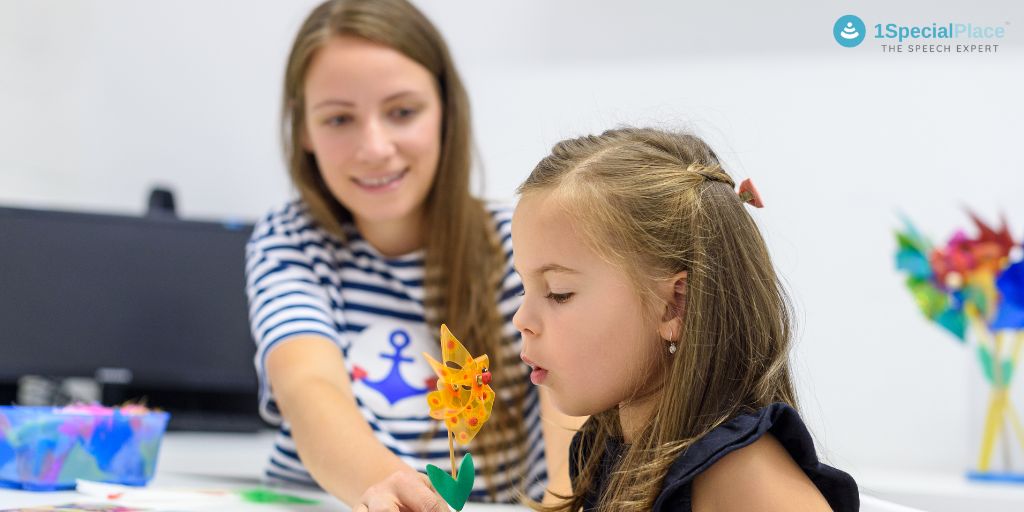
Speech therapy for Apraxia-Tips and strategies
Speech therapy for Apraxia-Tips and strategies
Speech therapy for Apraxia-Tips and strategies, Childhood Apraxia of speech (CAS) is one of the Motor speech Disorder which affects a child’s ability to speak clearly. They have difficulty in planning to produce a speech sound and difficulty in sending neural signals to jaw, lips, and tongue to produce a required speech sound. In turn they find difficulty in learning a new speech sound or word. They have a better understanding of language and know what they want to express. They also have good cognitive skills.
Red flag to indicate CAS
- First word is usually uttered late
- A limited of words in the expressive vocabulary list
- Difficulty in pronouncing the word in the same pattern at every attempt leading to inconsistency in uttering words.
- Errors like deletion, subtraction, and distortion of one or more sounds of the word
- Easier to say shorter words compared to longer and complex words. Saying Cat is easier than saying kangaroo.
- Words which are used every day are easier compared to words with less usage, like mamma, papa becomes easy than the words like monkey, potato
- A sound may sound better in isolation compared to it in a word level
- Inappropriate stress on one syllable
- Voicing error – pot becomes bot
- Groping-active mouth posture without the actual sound output
- Poor speech clarity
- Poor verbal imitation skills.
- Inappropriate stress on one syllable
- More practice of speech production, better and easier speech production
Co-occurring conditions with CAS
-
Language delay
Usually there is a wide gap between one’s receptive and expressive language skills. Child’s receptive skills will be age adequate or close to age adequate. Expressive skills are considerably poor.
-
Reading, writing, and spelling problem
Child might have reading and writing difficulty as it’s difficult for the child to divide word into syllables and syllable to its respective sound.
Read a detailed blog on What are some benefits of speech therapy?
-
Motor difficulty
Children with CAS may show difficulty in sequencing and planning an action required for a motor activity. Such as climbing up the stairs, fixing the pegs on the board, etc.
Speech and language Therapy techniques and strategies
-
Choose the right therapy!
Intensive, frequent and one to one therapy is recommended.
-
Communication is vital!
Functional Communication book- Including core vocabulary of the child’s immediate needs, things, and actions. Using this book for both understanding and expressing these vocabularies, results in good repetition of word practice and reducing the frustration in communication.
-
Let him know what it is!
It is useful to make the child aware of target words, articulator’s (lip, jaw, tongue) actual and accurate movement involved in production of a sound, syllable, or a word.
-
Practice makes it perfect!
Many repetitions of speech sound practice help in making it as an automatic production of sound.
-
Resources helps!
Read a detailed blog on Oral motor exercises for children
Use multimodal approach-
- Auditory – stressing the target sound
- Visual: example-showing lips position while saying /m/
- Tactile: example- child feeling vibration at throat while saying /b/ or clinician touching or modifying child’s articulators while saying sound
- cognitive cues – attaching a sound meaningfully to an object or action Example: saying /I/ for monkey.
-
Positive feedback matters!
A good and appropriate feedback increases the appropriate speech production. Immediate feedback given for a new target and feedback can be reduced as the child progress the accuracy of a sound.
-
Creativity is fun!
Novel fun activities emphasising many repletion of practice keeps the child in motivation. Example- for target word – /vc/ combination as in /up/, child has to say /up/ each time to lift him up.
-
Motivation takes it a long way!
Motivation and undivided attention while practicing speeding up learning.
Using rhythm and stress helps to understand the timing of speech and facilitates motor movements required.
-
Imitation skills are important!
Incorporate both verbal and non verbal imitation activities, these facilitates in lwarning sequences for speech production.
-
AAC is proven!
Research has shown that Augmentative and alternative communication such as picture book, sign language reduces the gap between receptive and expressive language, reduces child’s frustration and increases the chances of verbal output.
-
Evidence based practice is always good!
Oral Placement Therapy is one of the evidence- based approach. This approach helps in creating better awareness of articulator position and movement required for speech production. The materials used here is also based on the position and movement required for speech production. Activities in OPT pairs with speech production.
Read a detailed blog on Tips for clarity in speech
Following are some examples. (P.C.: Talk tools)
- Bite blocks – helps in understanding jaw height required for vowel productions
- Consonant – vowel shapes- These helps in awareness of position for bilabials such as /p/, /b/, and /m/, /o/, /u/
- Cheerio on the lower lip for production of the labial-dental production of /f/
- Horns: This helps in building muscle memory required for the production of /sh/
- Bubbles: Bubble blowing can help in understanding lip rounding required for /w/
A Speech language pathologist will consider different factors including child’s language skills, cognitive skills, motor skills, emotional skills or any other co- occurring conditions while planning an appropriate therapy plan suitable for the child. Child’s potentials and strengths will contribute to the speech improvement. It is important to maintain child’s confidence level with appropriate reinforcement and frequent positive feedback. Participation and motivation of parents and caregivers plays a crucial role in the therapy success.
If you wish to know more about Speech Therapy, kindly contact us at info@1specialplace.com
- Feeding Therapy: Everything you need to know - February 28, 2021
- Fun Movement Activities for Speech Development - February 15, 2021
- Speech therapy for Apraxia-Tips and strategies - July 14, 2020

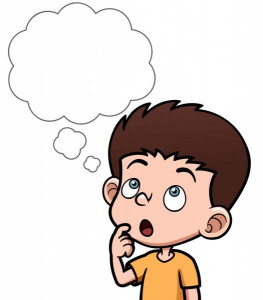
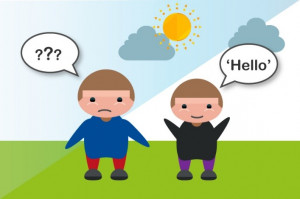

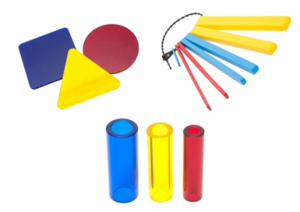
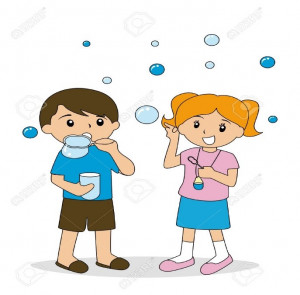
Leave a Comment
(1 Comment)
Very well written Kavitha ? wish u many more such articles from u?
Categories
Recent Posts